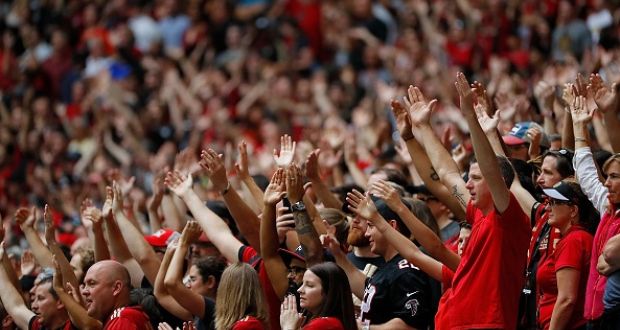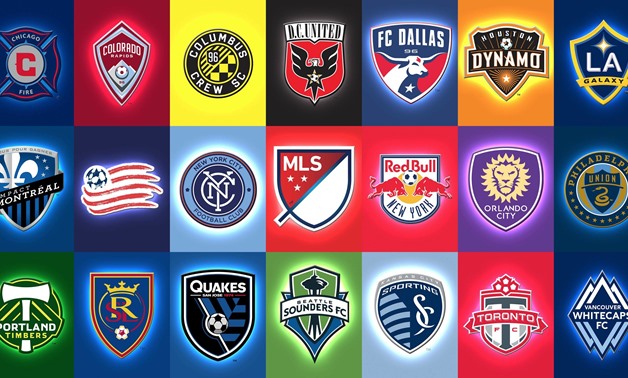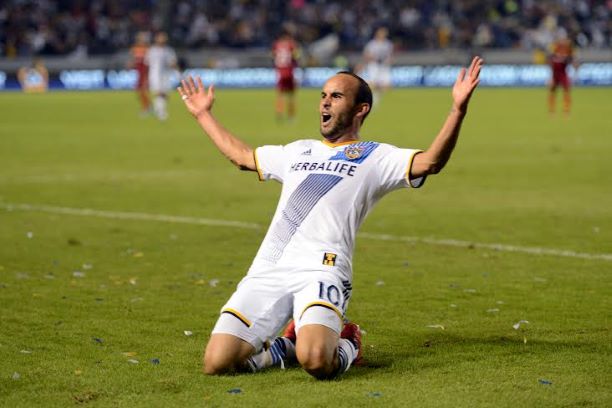Money Football
Money Football


Last week we saw a bizarre transfer when Al-Ain announced that they will be signing Asamoah Gyan on a one year loan at ridiculous wages. Gyan obviously took the option. Many questioned the move, accusing him of being a money grabber, accusing him of making a terrible move with respect to his career and what not.
Truth be told, in the modern world, only a fool would let go of an opportunity to make such money, especially that most footballers come from pretty humble backgrounds, and at the end of the day, football is their living. Sure we can all see sense from the footballers’ perspective, but take a moment to think what might be the thought process behind the clubs that make these sort of transfers. Why do they pay such outrageous sums of money?
These deals have not been a recent phenomenon. In the past few years we have seen many rich businessmen investing in football clubs, and trying to court superstars, in multiple ways and for multiple reasons. Most recently, the shocking offer from Russian league team Anzhi Makhachkala for Internazionale’s striker Samuel Eto’o created waves, thus making him the owner of one of the most lucrative footballing contracts ever. David Beckham’s move to Hollywood, Thierry Henry to the east coast, Cannavaro to Al Ahli, the list can go on. It is a fair generalisation that most of these moves happen when the players are at the twilight of their careers.
So what was Anzhi thinking when they offered Eto’o that deal? What was Al Ain thinking? Sure star players always attract crowds. Shirt sales will get boosted. Attendances will go up. Media interest will pick up. Awareness increases multiple fold. But for how long? and what are the returns? We have seen big money media transfers before. The term Mediatico was coined when Real Madrid signed David Beckham. Costing just 35 million in the grand scheme of things, Beckham’s signing came with the added benefits of shirt sales, penetration to Asian markets, a significant percentage of image rights. This gave the club a constant, and a great source of income. It is said that Beckham alone, in his 4 years of stay at the club, generated around 400 million. These transfers are not meant to be such cash spinners.
The transfers have a lot of positive effects. For one there will be interest generated in the local population and there will be lesser and lesser of empty stands. People always flock to see their superstars live. Attendance has been the main problem for many clubs, and star players are sure to change the scenario. Tourism will boom, smaller teams and leagues get the attention that they crave. Superstar teams of a not so popular league could now get continental or even world level attention. Children, a target for many football businesses, are likely to get affected. Clubs, and sometimes even local or national governments hope that the arrival of such superstars has its effects on children who may perhaps use this as a kickstart to pick up football. Ultimately the aim is awareness, and if it is for a noble cause like this, to generate more interest among the public, maybe the money is worth it.
As the old saying goes, there are always two sides to a coin. There are also negatives that come along with transfers like this. How motivated would the player be? At the fag end of the career, an opportunity to make some easy bucks is not likely to get the best out of your marquee signings. This can have a bad impact on the squad as well as results. What sort of an image does it paint to young players who have to be shown the right way by their idols? What happens when you realise that from the football stand point these guys may be contributing to more harm than good? Tough questions, but these are thoughts to evaluate when you are paying through the nose.
As always, to go to the next level risks must be taken. And with risks come dangers, also high reward. One thing is for sure, these kind of transfers will be very common in the future as the game looks to be progressing to nations that are not traditionally powerhouses. Globally, it is great for the game. People will always complain, and call names but the earlier we embrace this phenomenon and see that in the bigger picture, the game we love is spreading to all corners of the world, as the cliche goes, Football is the winner.
In addition to reading Kaushik’s expert analysis on AFR, you can find his writings on Real Madrid Football Blog







